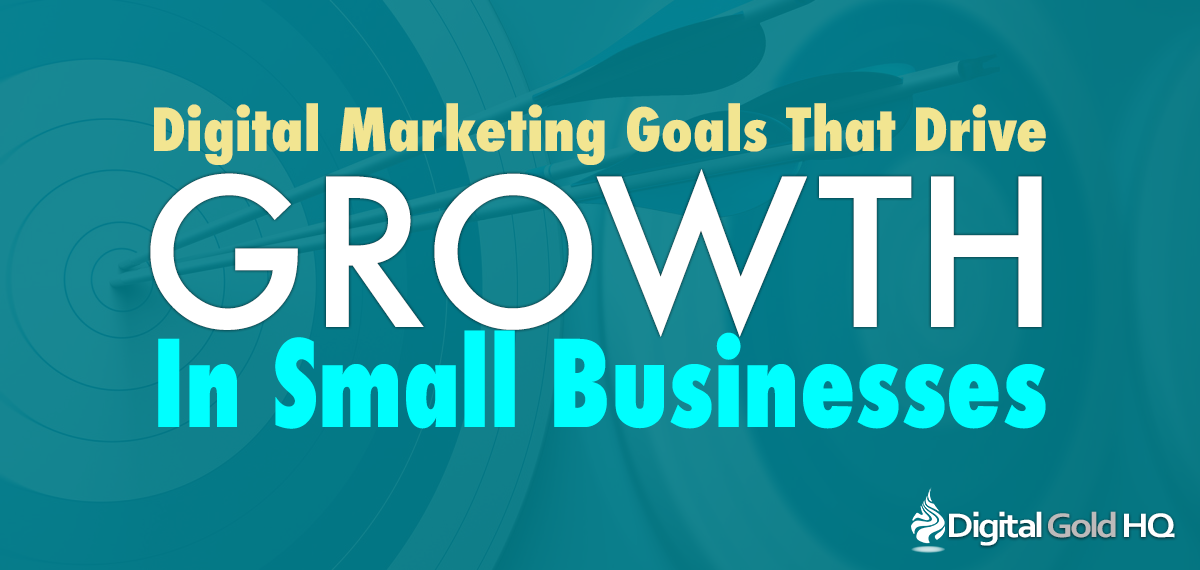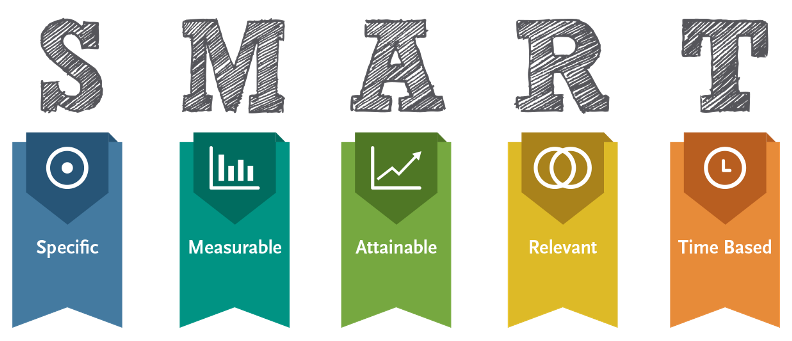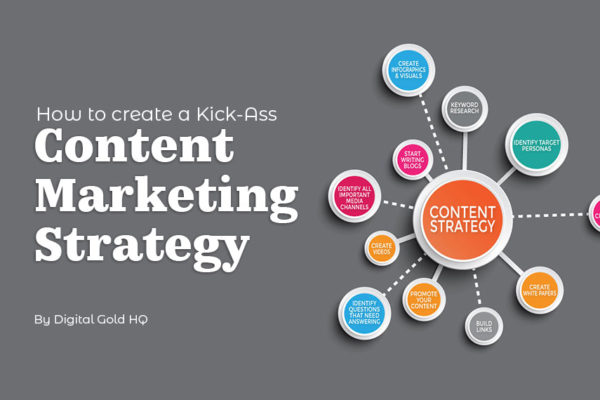Digital Marketing Goals That Drive Growth For Small Business Owners

So, you’re a small business owner, passionately proud of your baby, I mean, company, and you’re dedicated to its growth and success. To prove this, you’re committed to adopting a structured and strategic approach to developing your digital marketing strategy. This is because you understand the potential to achieve much-needed business growth by executing a comprehensive and well-designed digital marketing strategy.
So, where to begin? In previous articles we discussed why you need a digital marketing strategy and the benefits a digital marketing strategy can offer your business. We know that developing a sound digital marketing strategy requires a very methodical approach, based on insights derived from your data-driven research. We also know that a digital marketing strategy is only worth investing in if it is aligned to your company’s business objectives. So, to begin with, we need to start by defining your digital marketing goals.
Set Direction by Defining Your Goals
Defining a clear set of digital marketing goals is so important because these goals will determine the specific tactics you employ to achieve them. Your digital marketing goals will also determine the balance of resources, both people and financial, that you allocate to your plan, and will help your team understand and appreciate your priorities.
But what sort of goals can you hope to achieve and how do you go about deciding what they should be? It’s worth thinking about this carefully because this will have a direct impact on your campaign activities. Developing a digital marketing strategy means knowing where you are now and visualising a clear picture of where you want to be. Deciding on your goals means creating a precise and detailed picture of that vision – it means specifying how you’ll know when you get there and whether you’ve achieved what you set out to in the first place. And, because your digital marketing goals will determine your tactics, it’s important to create SMART goals, making sure they’re Specific, Measurable, Achievable, Relevant, and Time-bound.
Adopt a Structured Approach
If you’re struggling with where to start, it may help to shape your decisions around an established digital marketing framework. I particularly like Dave Chaffey’s framework formulated around 5S’s. Think of your marketing objectives in terms of the principles of Sell, Serve, Speak, Save and/or Sizzle and how these principles can help your business grow. Look at it in this way:
Sell
Focus your digital marketing objectives on tactics designed to help you increase the volume of online sales. This might involve driving more traffic to your site, increasing your online conversion rates, or indeed a combination of both.
Serve
Increase the channels through which you serve your customers. You can position your website as a valuable customer service resource, providing product information, how to guides, downloadable software, customer support and much more online.
Speak
Use the your marketing efforts to develop more meaningful channels of communication with your customers. And we’re not talking about broadcasting information either. Use your digital marketing campaigns to nurture an open dialogue with your customers, providing them with direct access to you, while helping you build better, deeper relationships with your prospects and customers.
Save
We all have the need to be operationally more efficient and cut costs, right? So why not develop digital marketing goals that allow you to do just that? The most obvious way is by reducing spend on traditional offline marketing channels, and using your budget much more efficiently online. Targeted marketing campaigns tend to be cheaper and more effective online because of the wealth of information and data-gathering available to us. But you might also choose to discontinue glossy brochures, printed catalogues, and paper-based letter, in favour of driving traffic online, promoting effective lead magnets, growing your email database and sending out promotional emails instead.
Sizzle
Use your marketing strategy to build brand awareness and cultivate brand advocates by dazzling your audience with delightful content, creating highly sharable content and encouraging engagement across all of the channels that your targeted audience visits the most. The added benefit of maintaining such a presence is that you’ll find your brand front-of-mind the moment they need the services you have to offer.
Start Small and Watch Yourself Grow
If all of this is new to you, don’t be put off. Remember the age-old saying about goals – KISS? Do just that. Yes, really, keep it simple by starting small, monitoring your progress closely and developing your goals as you learn from your experiences.
Examples of Digital Marketing Objectives
- Increase your digital channel’s contribution to overall sales by X%
- Increase your online conversion rate from 10% to 20% over the course to six months
- Increase the average value of the online shopping basket total to £100
- Increase your brand’s social posts impressions, engagement and clickthroughs by 50% each month
- Increase leads i.e. online database subscriptions
- Increase SEO rankings for specific keyword terms, achieve SERPS 1 for the duration of the campaign period
- Increase visibility of your brand by publishing X number of social posts to each of your priority channels for the duration of the campaign.
If you own your own business, you know fully well that competition is rife, both online and offline. To sustain your business in the long-term, you need to be very smart about where you apply your effort. And believe me, if you’re not nailing the art of digital marketing tactics, you can be sure that your direct competitors most certainly are.
So, take the afternoon, switch off the phone, shut down your email, gather your most up-to-date and relevant data around you, and focus on sketching out those goals that will underpin your business growth and development over the next quarter.
Enjoy!




